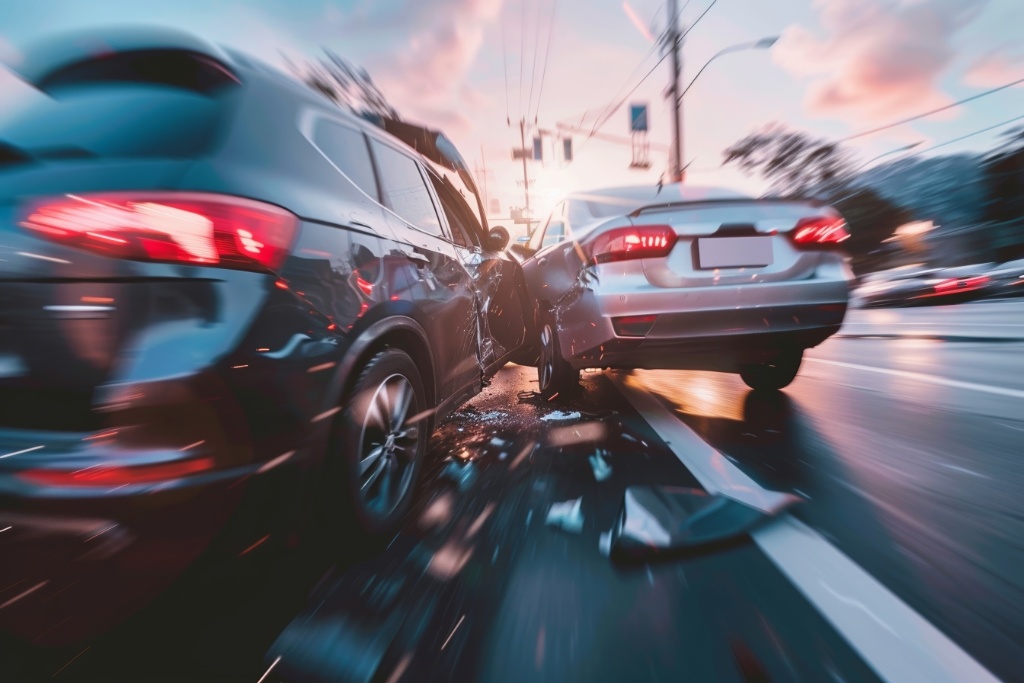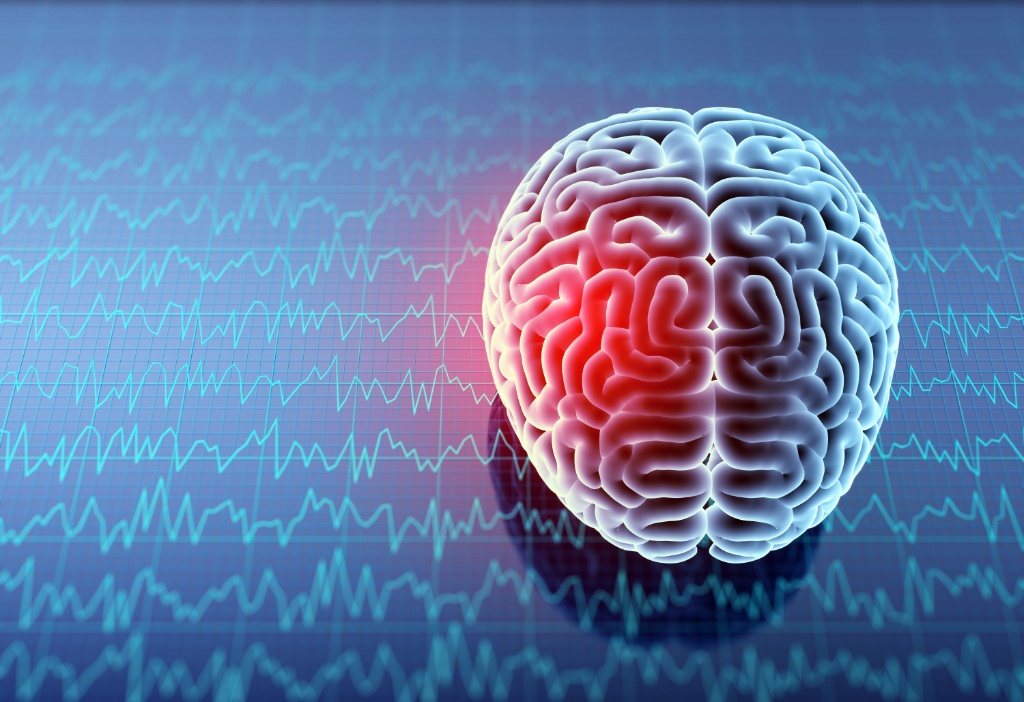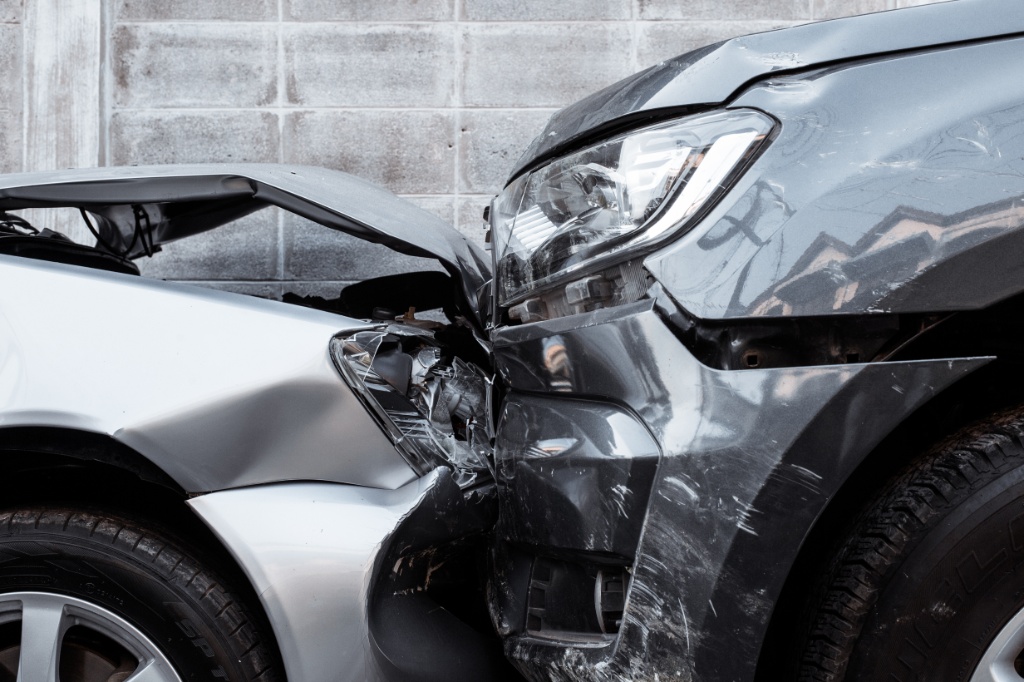May 8, 2023 | car accident Claims
The Future of Self-Driving Cars and Accident Claims
Table of Contents
In the past, the idea of a self-driving vehicle was purely the stuff of science fiction. However, thanks to technological advancements in the automotive industry, driverless cars on our roads and highways could soon become a reality.
In his introduction to Transport Canada’s guidelines for AV testing, the Minister of Transport shares an optimistic view of the potential improvements autonomous vehicles can make to our country’s transit infrastructure. In addition to offering environmental benefits and increased transportation options, the production of driverless vehicles can create new economic opportunities and new opportunities for connection.
However, before Canadians decide to put their travel plans – and their lives – on the line by fully adopting driverless transportation technologies, there is one question on everyone’s mind: Are self-driving cars safe?
Powered by a combination of AI technologies, cameras, sensors, and radar, automated vehicles (AVs) are currently being tested throughout Ontario and, indeed, the world. Across the globe, approximately 1.3 million people are killed in motor vehicle collisions each year. Given the fact that the overwhelming majority of fatal traffic accidents are the result of human error, the widespread adoption of AVs should – in theory – save countless lives.
But public confidence in these new, potentially revolutionary modes of transportation is crucial for the industry’s success. That is why the government of Ontario began a ten-year Automated Vehicle Pilot Program for the highly controlled testing of AVs on roads throughout the province in 2016.
Despite a common misconception, it is not currently possible to buy a self-driving car anywhere in Canada. But as driver-assist technology becomes more widely available in newer models of passenger vehicles, it appears as though it may only be a matter of time before fully-autonomous cars can begin transporting us from our homes to our destinations with only the touch of a screen.
Before that happens, though, there are major considerations to take into account. Provincial legislation regarding automotive insurance has not yet been updated to include regulations about vehicles that rely on driverless technologies. And when it comes to questions of liability, there is still no definitive legal precedent as to which party would be considered at-fault for a collision involving a fully-autonomous passenger vehicle.
When preparing for a future propelled by driverless cars, what recommendations should insurers be considering today? And, now that cars equipped with some driver assist technologies are sharing our roads, what happens if you are involved in a collision with one?
Insurance Coverage For Autonomous Vehicle Collisions
A foundational element of the automotive insurance industry at large is the fact that human nature is responsible for most motor vehicle accidents. As humans cede control of their vehicles to the driver-assist technologies that power their self-driving cars, the primary cause of traffic accidents will increasingly shift from driver negligence to manufacturer negligence.
If an autonomous vehicle malfunction causes a collision in which passengers or other road users are injured, the fault will likely rest in the hands of the vehicle’s manufacturer. That means, in order to seek compensation for their damages, injured accident survivors will likely need to pursue product liability claims.
Product liability litigation can be even more complicated and time-consuming than motor vehicle accident claims. Without fundamental changes to the laws governing insurance plans, it could take injured accident survivors years to recover the compensation they should be owed.
In order to address their concerns regarding the future of car accident claims, the Insurance Bureau of Canada (IBC) published a report on auto insurance for automated vehicles that sets out detailed recommendations for a future AV insurance framework. This framework includes two major components:
- A single insurance policy that covers both driver negligence and the automated technology: Injured accident survivors would be compensated by the AV’s insurer in the event of a collision, regardless of whether the human operator or automated technology was in control at the time of the accident.
- A data-sharing arrangement with vehicle manufacturers, owners, and insurers: Openly sharing data could help determine the cause of a collision, informing all interested parties if the vehicle was in manual or automated mode at the time of the collision.
Since fully-autonomous vehicles are not yet available for public use, these recommendations are only preemptive. They are intended to shed light on the major overhauls to provincial legislation regarding mandatory auto insurance coverage that will be required to address future concerns about self-driving cars.
In the meantime, though, there are many new vehicles on our roads and highways that include some degree of automation. If these cars strike another vehicle, bicycle, or pedestrian while relying on its driver-assist technology, who is responsible?
Accidents In Driver-assist Mode: Who Is Responsible?
It will be at least several years before fully-autonomous cars can be deemed safe for public use. However, there are currently a number of new vehicles on the market that include driver-assist technologies to help drivers through the power of automation.
The Society of Automotive Engineers (SAE) has created a classification system to standardize varying degrees of automation. These are as follows:
- Level 0: No automation – the driver is in full control of the vehicle at all times.
- Level 1: Driver assistance – the vehicle has features such as lane departure warning, adaptive cruise control, and automatic braking, but the driver is still in control.
- Level 2: Partial automation – the vehicle can control both steering and acceleration/deceleration, but the driver must still pay attention and be ready to take over if needed.
- Level 3: Conditional automation – the vehicle can handle most driving tasks, but the driver must be ready to take control when prompted.
- Level 4: High automation – the vehicle can operate without a driver in most situations, but may still require human intervention in certain scenarios.
- Level 5: Full automation – the vehicle can operate without any human input in all situations.
Currently, cars meeting the automation standards of Levels 1 and 2 are available for sale to the public. These vehicles may feature several driver-assist technologies such as adaptive cruise control, automatic emergency braking, and parking assistance.
Drivers should not rely entirely on these technologies, though. Collisions can occur while the car is in driver-assist mode. A driver using their vehicle’s auto-park features to back into a parking space could accidentally strike a pedestrian or another vehicle. They could also be involved in a collision if they rely on their vehicle’s cruise control and are not prepared to take control in the event of an emergency.
Drivers need to remain cautious behind the wheel at all times, even when relying on their vehicles’ automation. As it stands, if a driver causes a collision while their vehicle is in driver-assist mode, they will most likely be considered liable for the accident.
Ontario Car Accident Claims In The Future
The widespread adoption and availability of AVs is still many years away. Now is the time to plan for the future eventualities, examine our current insurance laws, and re-imagine the way we think about motor vehicle collisions in a world that relies on driverless technologies.
While we are unable to predict what the future has in store with complete accuracy, our Ontario car accident lawyers are here to provide assistance to injured survivors of motor vehicle collisions in the present. To learn how our team of car accident lawyers serving Ontario may be able to help you get the compensation you deserve after being injured by another driver, contact us today and schedule a free initial consultation.
Blog Categories
More car accident Topics
Here’s more information on car accident related topics that we think you might find helpful.

car accident
|
July 21, 2025
Toronto Hit and Run
A hit and run accident in Toronto happens when a driver causes a crash and leaves the scene without stopping to provide information or help…

car accident
|
March 19, 2025
Recognizing Concussion Signs After a Car Crash
The shock of a car crash can be overwhelming. The resulting injuries can be devastating, particularly concussions. Recently, there has been an increasing awareness of…

car accident
|
July 3, 2024
Motor Vehicle Fatalities on the Rise in Canada – 2024 Data Study
Overall Findings: After three decades of decline, the number of motor vehicle fatalities in Canada went up by 6% in 2022 The number of fatalities…
